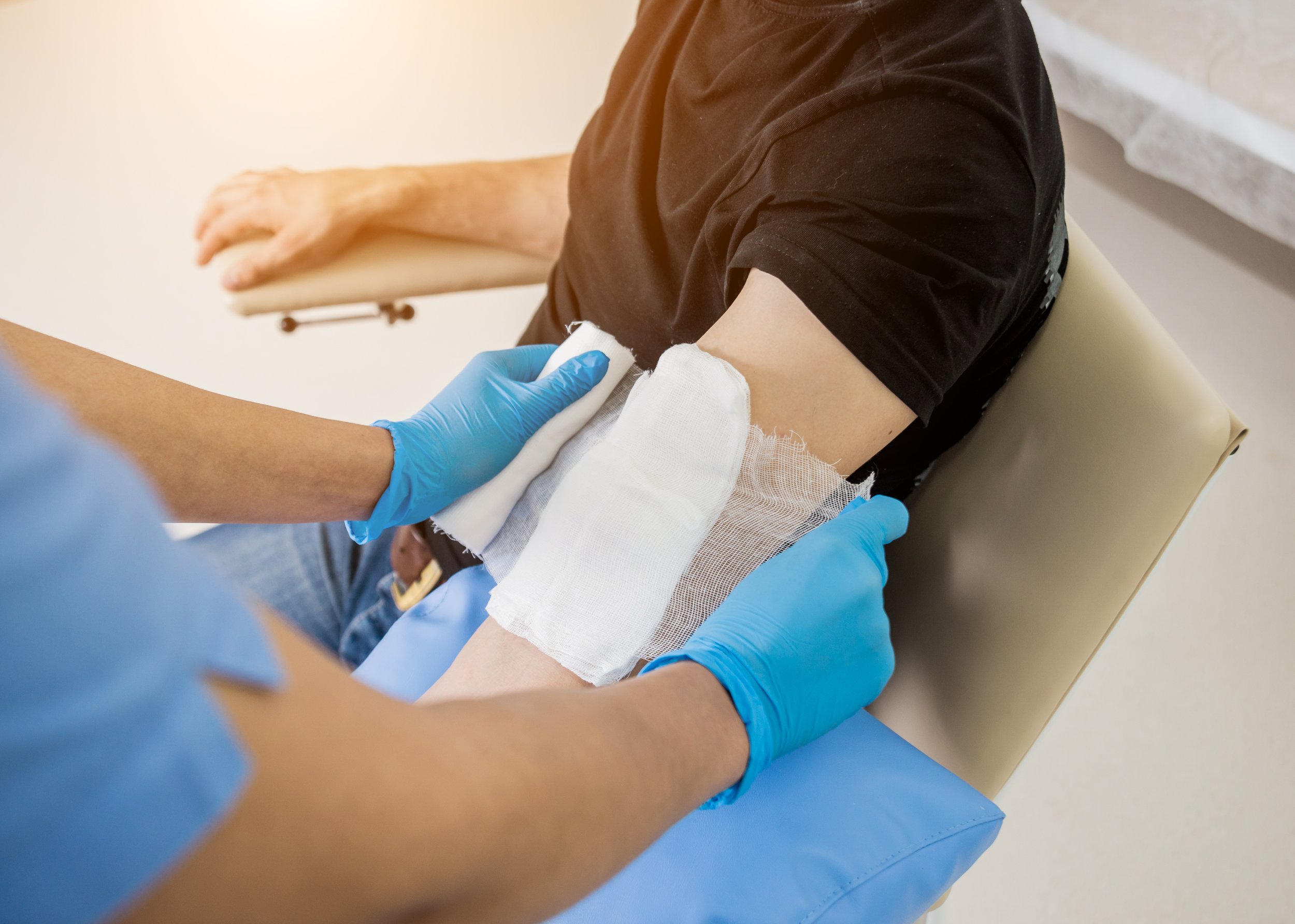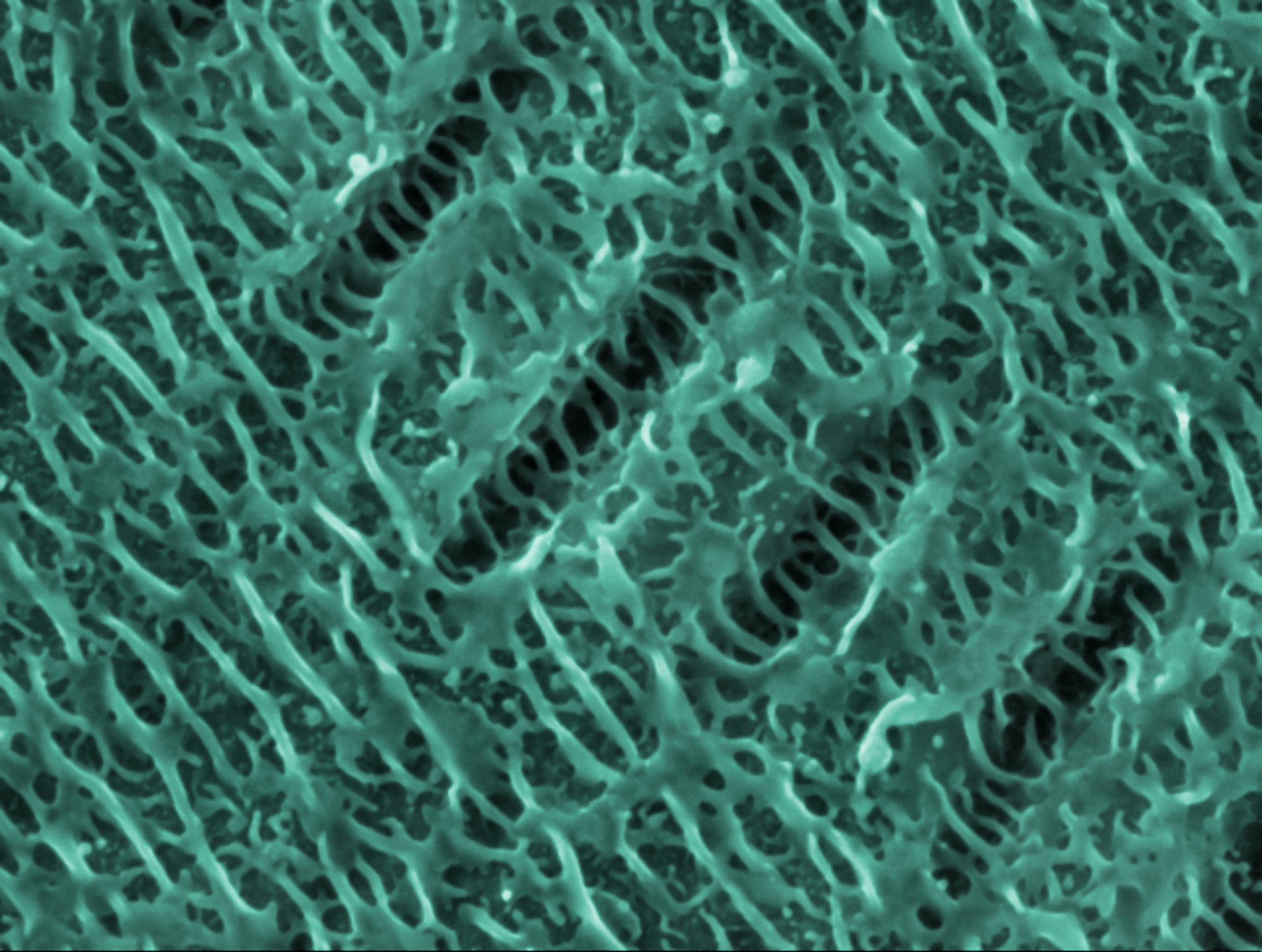Innovation in Bone Transplantation: A New Dawn in Fighting Bacterial Infections

In the rigorous field of bone transplantation, bacterial infections have been a persistent concern.
These infections can undermine the success of transplantation procedures, leading to dire outcomes, sometimes necessitating amputation. However, a pioneering study from Central South University may provide the long-sought solution.
Published in the respected International Journal of Extreme Manufacturing, the research delineates an advanced approach to augment the antibacterial capabilities of bone scaffolds. By exploiting the naturally occurring H2O2 in the body and optimizing the Fenton reaction, a chemical process renowned for its antibacterial properties, significant progress has been achieved.
The Fe-doped TiO2 nanoparticles lie at the core of this innovative approach. These meticulously engineered particles with oxygen vacancy defects play a crucial role in enhancing the Fenton reaction's efficiency. Produced using a specialized high-energy ball milling technique that fuses nano TiO2 and Fe3O4, these nanoparticles are a testament to the evolving landscape of bone transplantation.
This research's implications transcend the mere prevention of bacterial infections. Enhanced bone scaffolds point towards a more dependable transplantation process, fewer post-operative complications, and a brighter future for transplant recipients.
Prof. Pei Feng, a prominent figure at Central South University, underscored the research's significance: "Antibacterial artificial bone scaffolds are projected to mitigate the challenges of bacterial infections post-bone transplantation. As advancements in bone tissue engineering and biomaterials continue, we foresee the emergence of multifunctional composite bone implants. These implants aim not just to combat infections but also to foster bone growth and integration."
As the field progresses, the industry landscape presents opportunities. According to a report by Fortune Business Insights, “The global bone grafts and substitutes market growth is attributed to the increasing incidence of bone diseases such as bone infections and bone tumors and the growing number of orthopedic surgeries worldwide." With the market, valued at $3.57 billion in 2022, predicted to soar to $5.74 billion by 2030, the stakes are undoubtedly high.
While the advancements in bone transplantation and bone scaffold technology herald a promising future, several hurdles remain. The rapid evolution of this sector means that regulatory agencies might struggle to keep pace, leading to potential delays in approvals and stricter scrutiny. Additionally, as the technology advances, ensuring consistent product quality and safety becomes paramount, which might necessitate further rigorous clinical trials. This not only increases research and development costs but also extends the time to market.
However, amidst these complexities, companies like Biocomposites stand out as beacon stories of success. With significant funding and clearances from regulatory bodies such as the FDA, Biocomposites has effectively navigated the challenges to bring innovative bone repair and regeneration solutions to the fore.
Their achievements underscore the potential of dedicated research and development, setting an inspiring precedent for emerging ventures in the field. While the introduction of new methodologies may initially receive cautious acknowledgment from certain medical circles, the success of pioneers like Biocomposites highlights the industry's readiness for groundbreaking advancements.
Conclusion
Medical advancements in bone transplantation are making significant strides. With the innovative research from Central South University and the tangible achievements of companies like Biocomposites, the future looks brighter for patients worldwide. While challenges are inevitable, the dedication and progress showcased in this field are undeniable. These advancements herald a new era where bone transplantation is safer and more effective, bringing hope to many. The future in this domain is not only promising but within reach.
COMPANIES TO WATCH:
Biocomposites, Nanobone, Fluidinova
Author:
Kate Sivess-Symes
Content Producer and Writer





